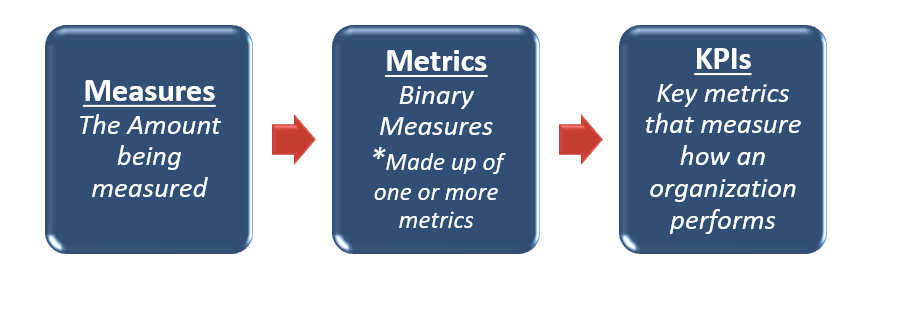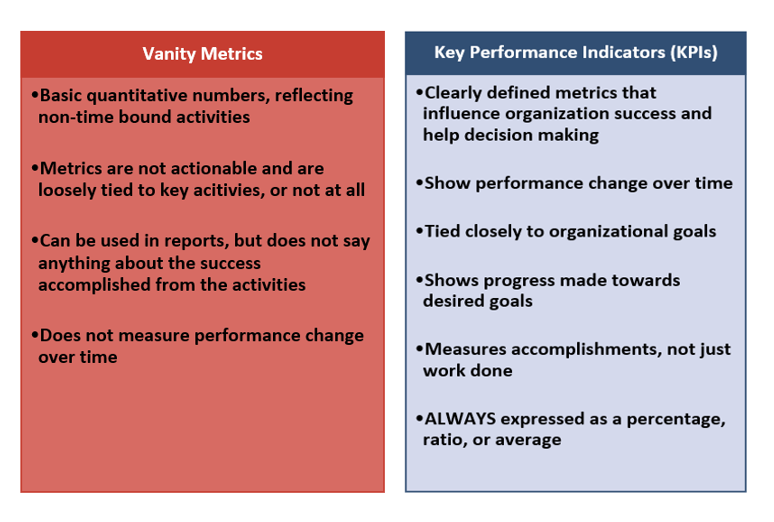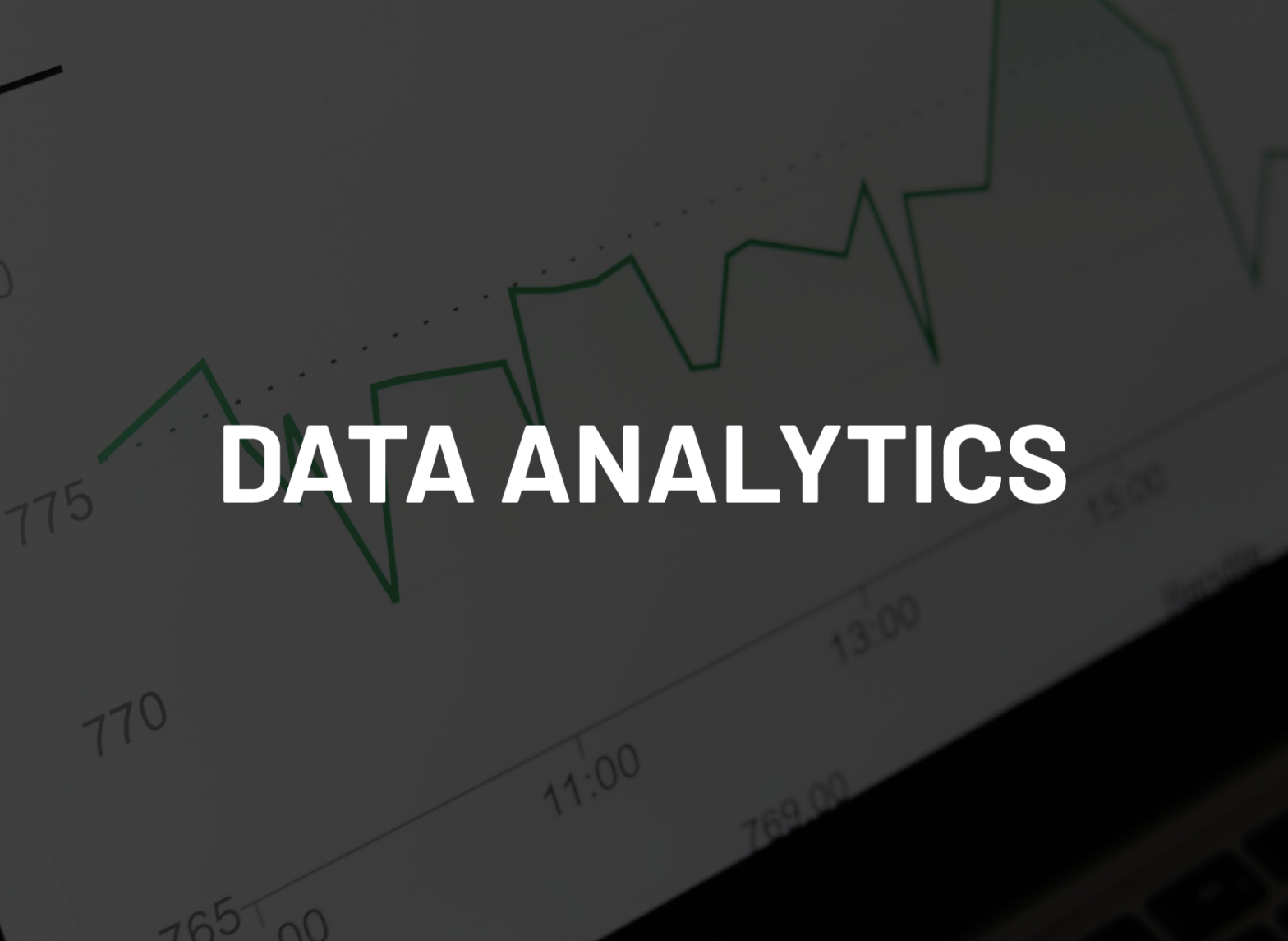Key performance indicators (KPIs) are a valuable resource to the public procurement official. The right KPIs will demonstrate value added by the procurement office beyond just cost savings.
In the world of analytics, we often find that organizations will select the wrong metrics. Word of caution: learn early on to differentiate between true performance metrics that measure your key activities and “vanity metrics.” Vanity metrics are surface-level, raw data. These metrics are not actionable or attached to an agency or executive goal, by themselves.
Metrics, measures, and KPIs are terms often used interchangeably. However, they cannot be more different. Not all metrics are KPIs, and not all measures are performance metrics.
- Measures are quantitative numbers, or the amount of something being measured.
- Metrics are binary measures, created from one or more measures.
- Meaning, metrics are made up of one or more measures.
- KPIs are key metrics that measure how an organization performs in the most critical areas by showing progress or lack of.

Measuring and tracking key activities can incentivize employees to perform well and achieve success in specific areas. However, sometimes organizations can fall into the “metric trap” and drive for raw activity numbers rather than focusing on truly measuring key activities that influence their success. So how can we avoid inverse response behavior, where managers and employees end up focusing too much on numbers? Here are a few key questions you should ask before setting out on a performance measuring journey:
- What does success mean to my organization?
- What do I need to measure before starting to track performance?
- What are the right tools to use to measure meaningful results over time (quarter over quarter, or month over month)?
Unlike KPIs, vanity metrics measure without specific purpose[1]. They are surface level metrics and usually used to impress. Vanity metrics speak to only the end result and show little of the value leading up to it, and none of the opportunities left on the table to pursue it.

Make sure your office is not getting stuck in the vanity of big numbers and focus on connecting data collected to agency and executive strategic goals. Review the data points you are currently tracking on a particular procurement. What are you going to be able to use this information to show? If your answer doesn’t involve analysis to the raw data provided, then odds are your KPIs will be puddle shallow.
Is your office ready to discuss data analytics?
Watch NASPO’s webinar, Data Analytics Demystified, to learn more!
[1] Lee, K. (2018, May 9). How To Avoid Three Common Mistakes In Measuring Procurement Performance. D!gitalist Magazine. Retrieved September 14, 2020, from https://www.digitalistmag.com/finance/2018/05/09/avoid-3-common-mistakes-in-measuring-procurement-performance-06164329/
